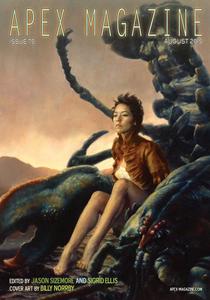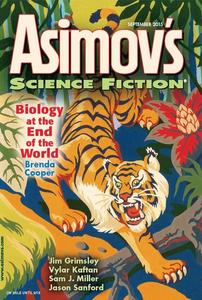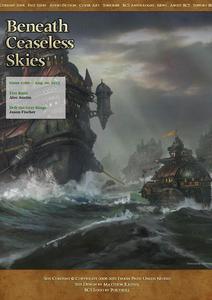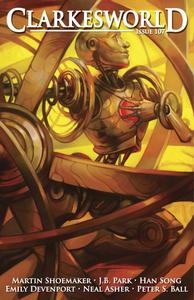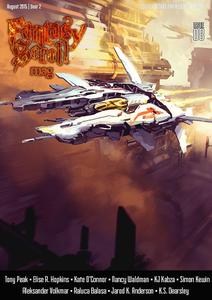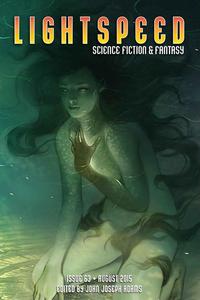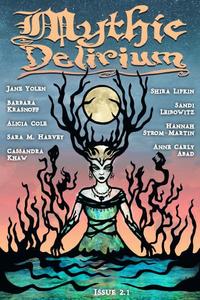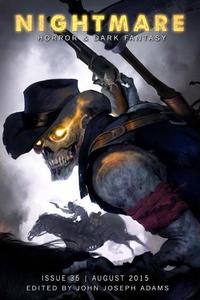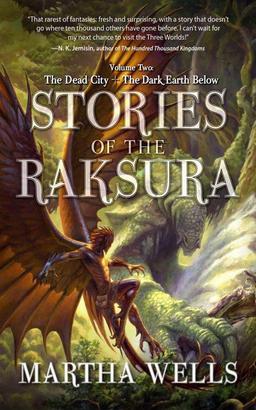The Public Life of Sherlock Holmes: Solar Pons – Who Needs a Hard Boiled Detective?
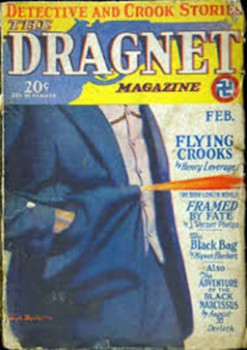 Solar Pons has already made several appearances here in The Public Life of Sherlock Holmes. And previously, I wrote that Rex Stout’s Nero Wolfe is my favorite detective series of them all. So naturally, I found a way to link them together into one post. Barely.
Solar Pons has already made several appearances here in The Public Life of Sherlock Holmes. And previously, I wrote that Rex Stout’s Nero Wolfe is my favorite detective series of them all. So naturally, I found a way to link them together into one post. Barely.
Now, August Derleth was a born-and-raised Wisconsin boy, enamored with Sir Arthur Conan Doyle’s tales of the great Sherlock Holmes. He wasn’t much different than an awful lot of American youths in the nineteen twenties.
Except, the enterprising Derleth wrote to the author and asked if there would be any more stories. Doyle, not the friendliest person in regards to his meal ticket, did have the courtesy to send back a reply in the Fall of 1928, saying that he was finished with Holmes.
Not discouraged at all, the nineteen year-old University of Wisconsin student made a note on his calendar, ‘In re: Sherlock Holmes’, as a reminder to write a story in imitation of Doyle’s creation. The date is lost in the mists of time, but August Derleth did in fact sit down and produce “The Adventure of the Black Narcissus” in one afternoon, starring Solar Pons and Dr. Lyndon Parker.
It appeared in the February, 1929 edition of Dragnet and Derleth would produce over seventy more tales before passing away in 1973. British author Basil Copper added over two-dozen more Pons stories with the blessing of Derleth’s Estate.

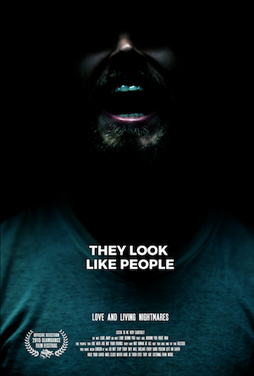 Concluding my discussion of films I saw courtesy of the Fantasia screening room, I’ll be writing today about three movies: a drama with elements of horror called They Look Like People, the horror-comedy called Nina Forever, and one of the purest horror movies I’ve ever seen, Nathan Ambrosioni’s Hostile. I’ll begin with They Look Like People, written and directed by Perry Blackshear. It’s about two men, one of whom, Wyatt (MacLeod Andrews), appears to be falling into insanity; he believes aliens are giving him messages. He happens to cross paths with his old friend Christian (Evan Dumouchel). They’ve both recently had long-term relationships fall apart — Wyatt’s fiancée in fact cheated on him and then broke up with him. Christian offers Wyatt a place to stay, and Wyatt accepts.
Concluding my discussion of films I saw courtesy of the Fantasia screening room, I’ll be writing today about three movies: a drama with elements of horror called They Look Like People, the horror-comedy called Nina Forever, and one of the purest horror movies I’ve ever seen, Nathan Ambrosioni’s Hostile. I’ll begin with They Look Like People, written and directed by Perry Blackshear. It’s about two men, one of whom, Wyatt (MacLeod Andrews), appears to be falling into insanity; he believes aliens are giving him messages. He happens to cross paths with his old friend Christian (Evan Dumouchel). They’ve both recently had long-term relationships fall apart — Wyatt’s fiancée in fact cheated on him and then broke up with him. Christian offers Wyatt a place to stay, and Wyatt accepts.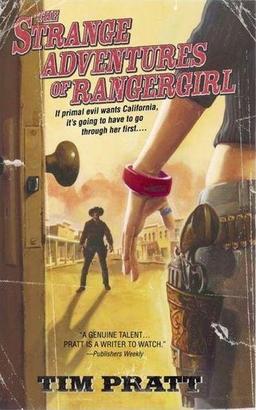

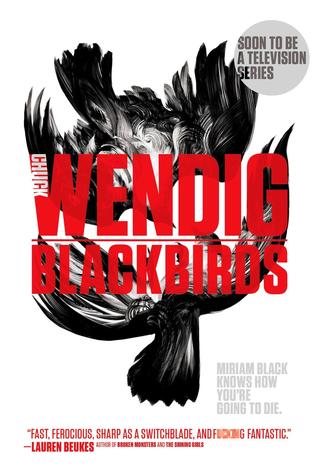
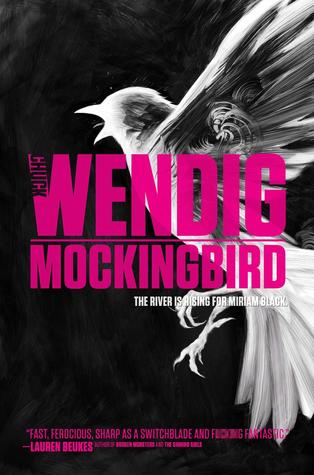
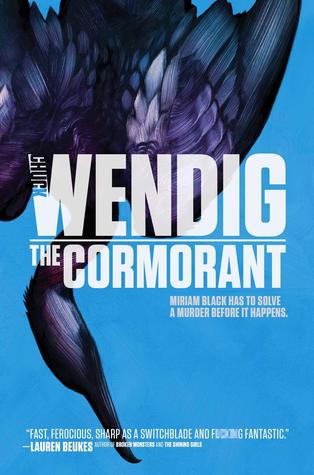
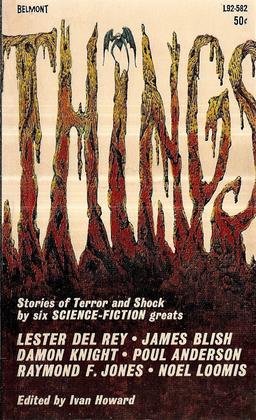
 By this point I’ve discussed all the movies I saw in theatres at the Fantasia film festival, but there remain a half-dozen more that I saw courtesy of the Fantasia screening room. I’m going to write about them over two posts, for ease of reading. And then I’ll have a coda wrapping up my Fantasia coverage with thoughts on what I saw, and the value of the festival. For now: reviews of the psychological romance comedy Poison Berry in My Brain, the metafictional satire Anima State, and the suspense movie The Interior. All of them, one way or another, directly to do with what happens inside the head.
By this point I’ve discussed all the movies I saw in theatres at the Fantasia film festival, but there remain a half-dozen more that I saw courtesy of the Fantasia screening room. I’m going to write about them over two posts, for ease of reading. And then I’ll have a coda wrapping up my Fantasia coverage with thoughts on what I saw, and the value of the festival. For now: reviews of the psychological romance comedy Poison Berry in My Brain, the metafictional satire Anima State, and the suspense movie The Interior. All of them, one way or another, directly to do with what happens inside the head.